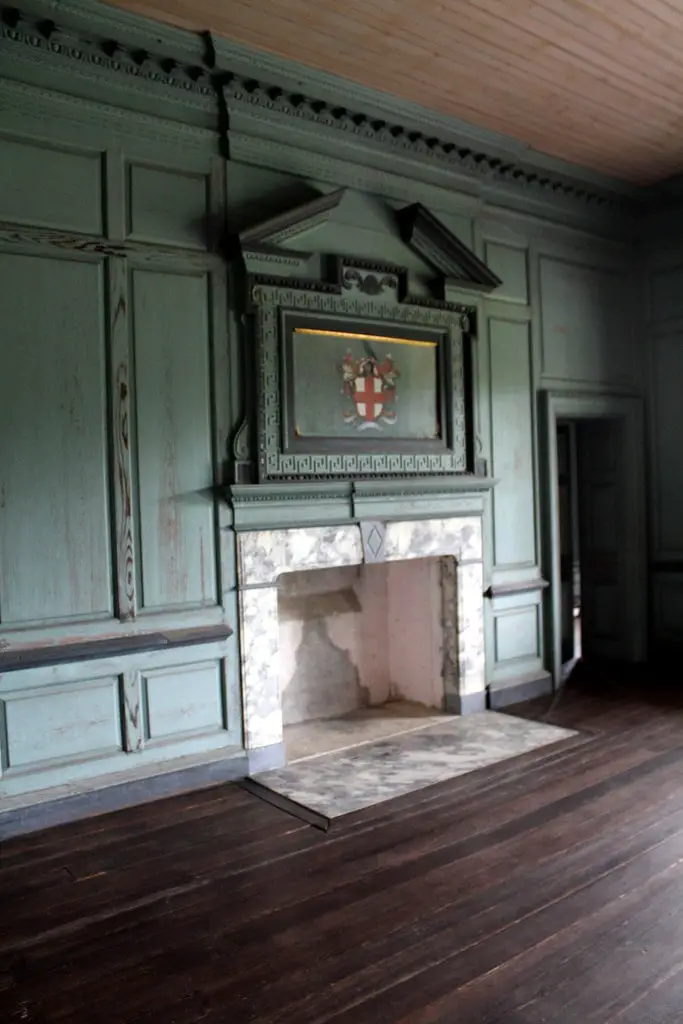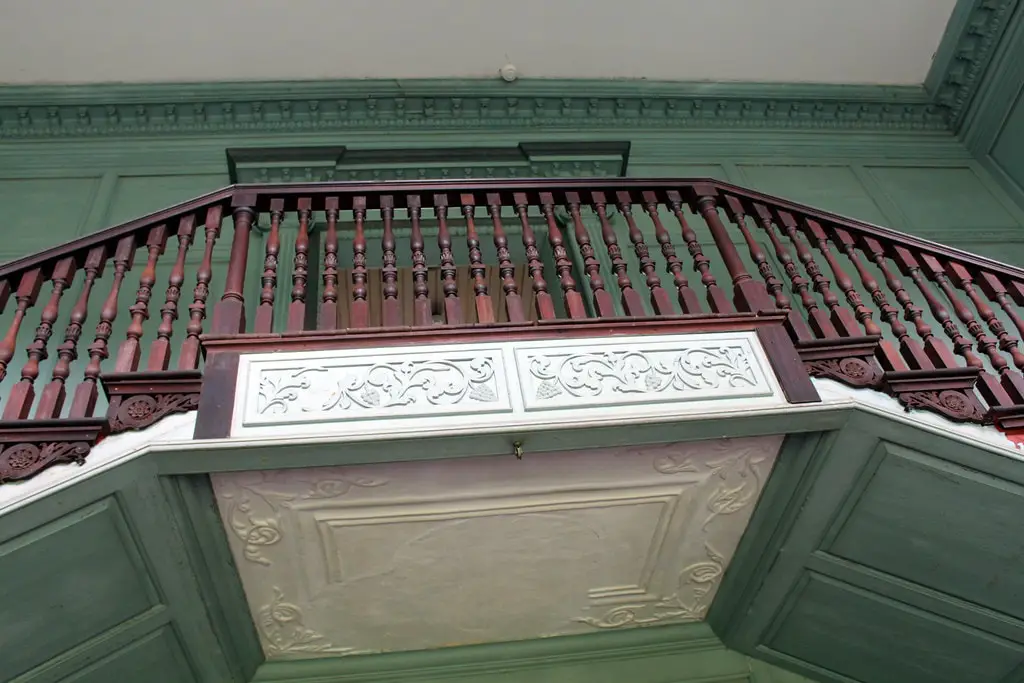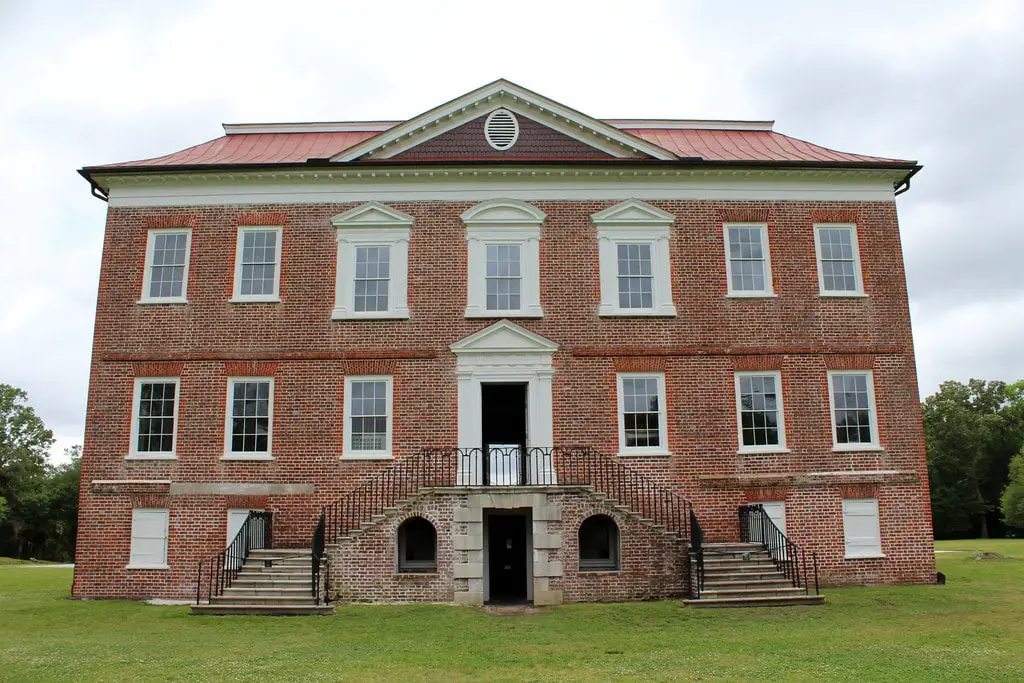The Historical Timeline of Drayton Hall
Nestled along the Ashley River in Charleston, SC, Drayton Hall is a silent witness to centuries of American history. Edward Mayo received a land grant for the property in 1678, but it wasn’t until John Drayton purchased it in 1738 that the estate began to take its current form.
John Drayton initiated the construction of the main house, a project completed around 1750. Dendrochronology studies on the attic beams have confirmed this timeline, revealing that the trees used were felled in the winter of 1747-48.
The estate has weathered numerous historical events, including the American Revolution and the Civil War. Remarkably, Drayton Hall is the only plantation house on the Ashley River to have survived the Civil War, mostly intact. This resilience makes it a living testament to the various eras it has passed through, each somehow leaving its mark on the estate.
In 1974, Drayton Hall came under the ownership of the National Trust for Historic Preservation. Three years later, in 1977, the estate welcomed the public for the first time. Since then, visitors have had the opportunity to walk through its historic halls, experiencing firsthand the weight of the centuries that have passed.
Architectural Marvels
Drayton Hall is a marvel of 18th-century Palladian architecture, which originated from the works of the Italian architect Andrea Palladio. This architectural form is known for its emphasis on symmetry, classical proportions, and grandeur.
The estate’s design features a double projecting entrance on the west facade, which faces away from the river and toward the landside approach from Ashley River Road. This portico is inspired by a similar feature at the Villa Cornaro near Venice, Italy, designed by Palladio in 1551.
The floor plan of Drayton Hall is also Palladian-inspired, perhaps derived from Plate 38 of James Gibbs’ “A Book of Architecture,” an influential pattern book published in London in 1728.

The layout consists of a large central entrance stair hall, backed by a grand salon and flanked by square and rectangular chambers. The pedimented chimneypieces in the house echo the designs of Inigo Jones, another renowned architect.
This architectural style was not just a trend but a statement of elegance and sophistication. It has stood the test of time, and today, Drayton Hall remains one of the most well-preserved examples of Palladian architecture in North America. The estate’s design elements, from its grand portico to its intricate floor plan, serve as a testament to the architectural ingenuity of the period.
Visiting Drayton Hall is like stepping into an architectural time capsule. Every room, every corner, and every detail speaks volumes about the design sensibilities of an era long gone but meticulously preserved for future generations to admire and study.

The Landscape and Environment
The landscape surrounding Drayton Hall is a harmonious blend of natural beauty and human artistry. Over the centuries, the estate has evolved, shaped both by the hands of its inhabitants and the forces of nature. The gardens, pathways, and natural features like the Ashley River provide a serene and picturesque environment.
Visitors often find themselves lost in the tranquility of the surroundings, including formal gardens, untamed woods, and wetlands. The landscape plays a significant role in the overall experience of Drayton Hall, offering peaceful spots for reflection, photography, or even a family picnic. It’s a place to disconnect from the modern world and connect with history and nature.
USA Quiz
How many questions would you like?
Preservation Philosophy
Preservation is not just an activity at Drayton Hall; it’s a philosophy. The estate follows a groundbreaking approach to conservation, focusing on “preservation as interpretation.” This means that rather than restoring the house to a specific period, the aim is to preserve its layers of history, each valuable in its own right.
The Drayton Hall Preservation Trust plays a pivotal role in this mission. The Trust is responsible for the ongoing efforts to conserve the estate and interpret its rich history for the public.

Collections and Artifacts
Drayton Hall is a repository of American history, told through its extensive collections of art, furniture, and artifacts.
These items range from the personal belongings of the Drayton family to objects that represent the broader history of South Carolina and the United States. Each artifact adds a layer to the rich tapestry of history that Drayton Hall represents.
Multidisciplinary research has been instrumental in understanding the significance of these collections. Historical research, archaeology, and conservation science have revealed a fuller picture of life at Drayton Hall. These collections are not static; they are dynamic and evolving, continually enriched by ongoing research and discoveries.

Recent Developments and News
Drayton Hall is not a relic of the past; it’s a living, evolving estate. One of the most exciting developments was the grand opening of the Stephen J. Wood Conservation Laboratory on October 1, 2022. This state-of-the-art facility will be a hub for conservation activities, research, and public education.
In addition to the new conservation lab, Drayton Hall has received several international design awards. The estate also hosts public programs, including webinars, workshops, and educational tours. These initiatives enrich the community’s understanding of American history, architecture, and preservation.
Visiting Drayton Hall
A visit to Drayton Hall is a must for those intrigued by the rich tapestry of American history. The estate is open to the public from Wednesday through Monday, with Tuesdays reserved for maintenance and private events. Various tours and educational programs are available, each designed to offer a unique perspective on this remarkable estate.

Visitors should note that the estate has moved to a cashless system, so bring a credit card or use a mobile payment method. With its rich history, stunning architecture, and tranquil landscapes, Drayton Hall offers a uniquely enriching experience that appeals to visitors of all ages.
Conclusion
Drayton Hall is a monument to American history, architecture, and preservation. Its layered history offers a window into different eras, each contributing to the estate’s unique character.
The commitment to preservation ensures that Drayton Hall will continue to be a source of education, inspiration, and enjoyment for generations to come. It’s not just a place to visit; it’s an experience that enriches the soul and educates the mind.


Please do an article and pictures
Of Drayton Hall Slave Burial area
And the famous Iron Arch and saying .
Thank you soo much .
( I am originally from Phila area , now retired in Pawleys Island SC.
And I treasure any information about Elfreth’s Alley in Phila ! And too their Gossip Windows ! Always remember to
Look Up when you are there )
God Bless You .
Joyce
Thank you for your insightful comment, Joyce! I completely agree that an article featuring Drayton Hall’s lesser-known aspects would be invaluable. It is a reminder of our past that should be shared and understood.